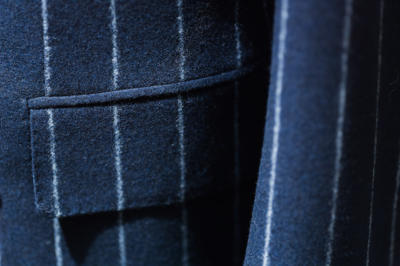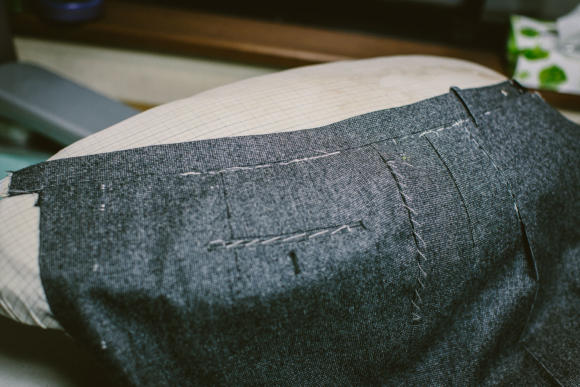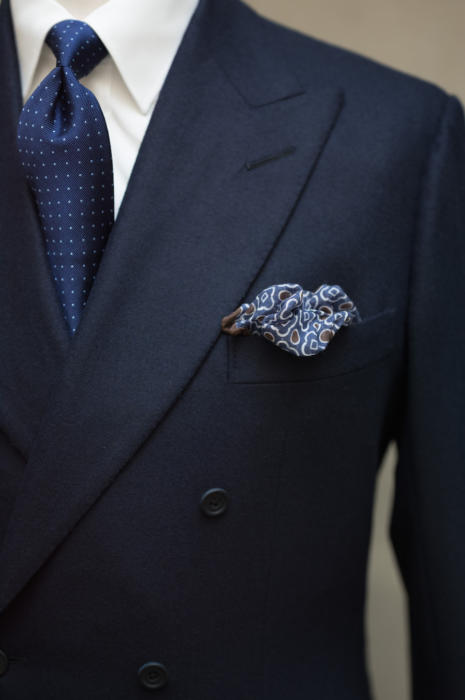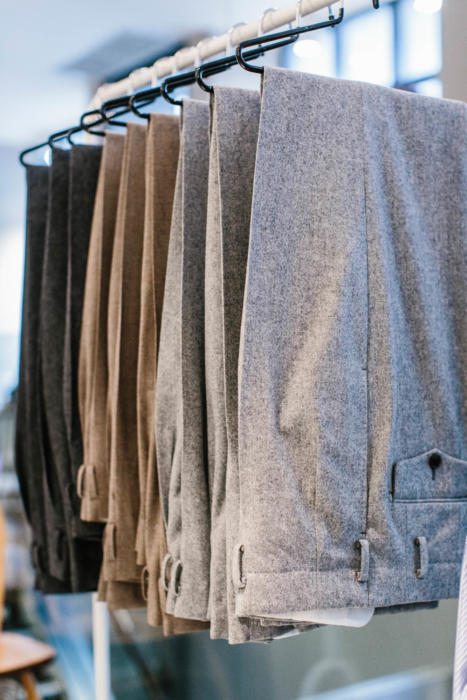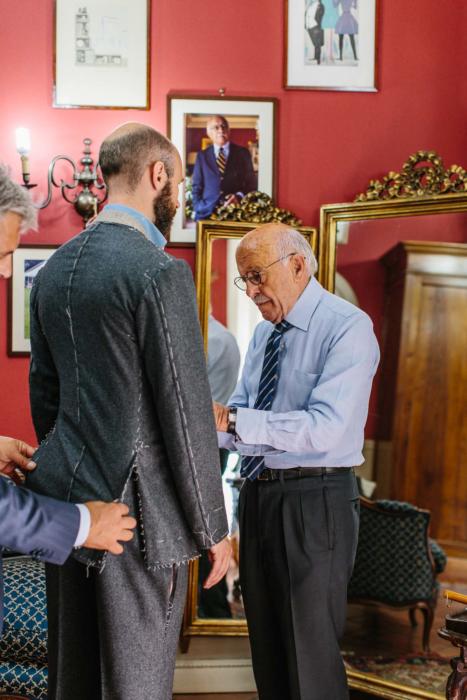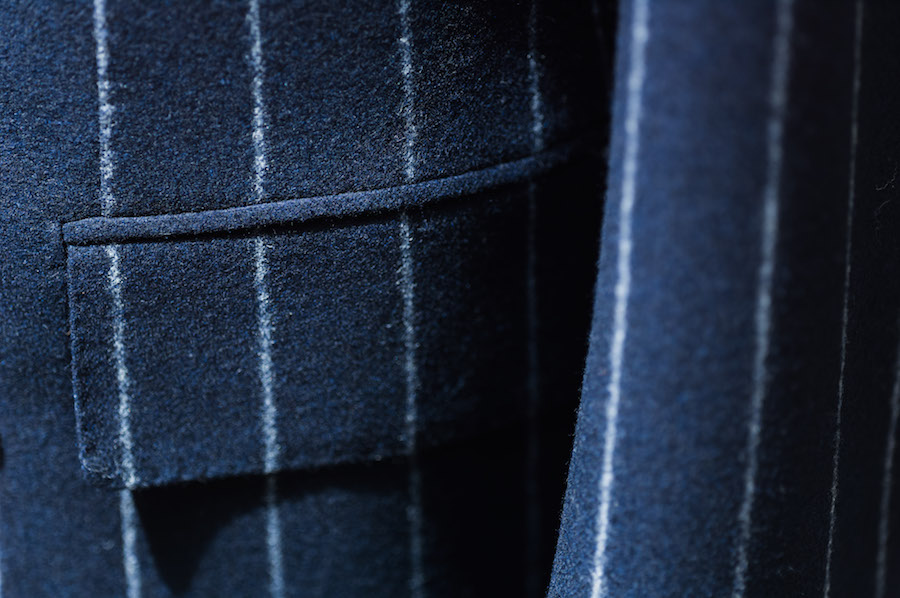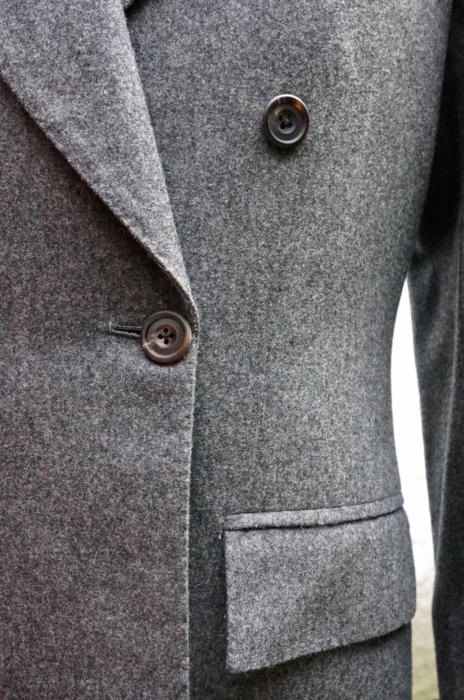A few years in the past, a good friend requested me for recommendation on dressing down his regular suit-and-tie wardrobe.
Like many males, he wore fits (in worsted wool) to the workplace, and denims or chinos on the weekend.
The workplace was changing into extra informal, nonetheless, and he wasn’t certain tips on how to gown down with out changing into too informal and unprofessional.
My first tip to him was: flannel.
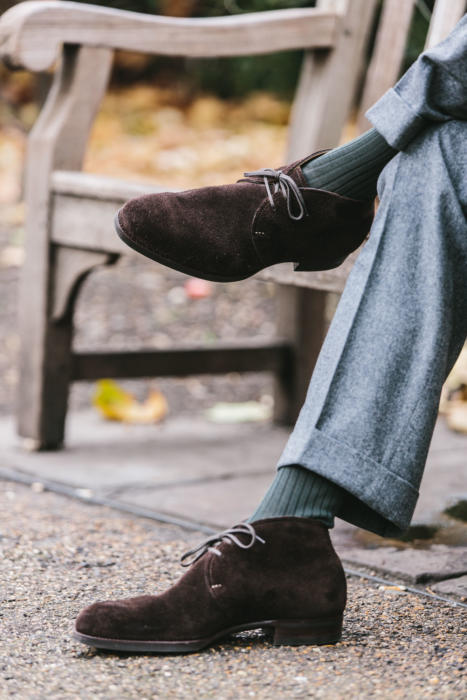
Most males at present can have by no means worn flannel trousers, not to mention a flannel go well with. Fits for them are worsted wool – wool that has been combed and pressed, made glossy and sharp.
‘Woollens’, with out that therapy, are alien, but it’s they that populate a lot of this hole between fits and denims. And their king is flannel.
Flannel trousers – classically in gray but in addition in navy and different colors – are clearly good. But their fuzzy (milled) texture separates them from regular go well with trousers.
They are often worn with a sports activities jacket to the workplace – for that dress-down choice – or on the weekend with knitwear, for a pleasant lunch or gallery go to, maybe.
They’re so excellent at this in-between function that readers typically ask me what the summer season equal is – when it lastly turns into too heat for flannel.
Sadly I don’t assume there may be one; neither linen nor the assorted cottons fairly match the invoice.
My good friend now has three pairs of flannels, in two shades of gray and one navy.
And is contemplating a fourth.
There may be after all, to confuse issues, each worsted and woollen flannel.
Flannel may be made with worsted yarn (which makes use of typically longer fibres, and is then combed) or a standard woollen.
What typically defines a flannel is the milling course of, the place the fabric is overwhelmed about and the fibres damaged, producing that fuzzy impact.
A worsted flannel reacts otherwise to the milling and can have much less texture.
It’s typically used for making lighter-weight variations of flannel. (As woollens have shorter fibres and subsequently can’t be spun into superb – and so light-weight – yarn.)
However to most fans of the stuff, worsted flannel just isn’t value bothering with. It doesn’t have a lot of the physique and texture that’s the complete enchantment of flannel.
Woollens as a bigger group embrace most different issues that don’t appear like a traditional worsted go well with: tweeds, cashmere jackets, cloths for overcoats and so forth.
Though flannel is greatest outlined by the milling course of, additionally it is (like most cloths) in apply outlined by its use.
So a milled woollen material used for a coat just isn’t usually known as a flannel. Flannel most typically refers to a milled material (worsted or woollen) used for trousers or fits.
That is really a reasonably clear and common definition for a material. Others aren’t really easy.
For instance, ‘serge’ is used to check with a sure sort of trouser, however is strictly talking simply the weave (the title of a 2×2 twill in French).
You should use that sort of weave in any materials, however serge has come to imply a woollen material, with a visual 2×2 twill, that’s barely milled. (There are gradations of milling too – did I point out that?)
To a sure extent, suggestions as to the ‘greatest’ material additionally start to merge into its definition.
For instance, we now have mentioned that the flannel fanatic will insist that worsted flannel just isn’t actually flannel. For good, sensible causes round physique and texture.
He might then counsel that actual flannel ought to be of a sure weight – once more, with good cause.
Flannels that aren’t heavy and carefully set are pretty to put on, however reasonably impractical. They lose their crease shortly; they bag on the knees; they’ll even rip when moist.
This typically places off the flannel novice. After just a few wears, they seem shapeless and unattractive, and he’s unlikely to have the ability to press them successfully.
An argument may be made, subsequently, {that a} flannel ought to actually be 13oz or extra – even 15oz. It is just at that time that it may be worn just a few occasions with out having to be re-pressed.
Normally, English flannels are usually nearer set (extra yarns, denser, within the warp and weft) and use thicker yarn. Because of this they are usually heavier.
Italian flannels have a tendency the alternative means, typically looking for type on the expense of substance.
In case you have no expertise and are selecting a flannel, an English one is subsequently a safer wager.
However there are numerous exceptions on each side – significantly given the Italian reverence for English material.
Lastly, gray flannels are usually a melange of various shades (one cause they’re so engaging).
This melange may be achieved in several methods, within the fibre or yarn; however it’s a minor distinction not value going into right here. Each technical piece should have its limits.
Flannel is without doubt one of the nice pleasures of traditional menswear, and one which communicates readily to the novice – therefore my advice to my good friend.
And whereas there are numerous totally different variations, I might counsel the vital factor to deal with is weight.
Get a 13oz flannel, 11oz at worst – significantly in trousers. Your legs don’t have as a lot blood move as your higher physique and don’t get sizzling practically as simply. Your creases will thanks.

